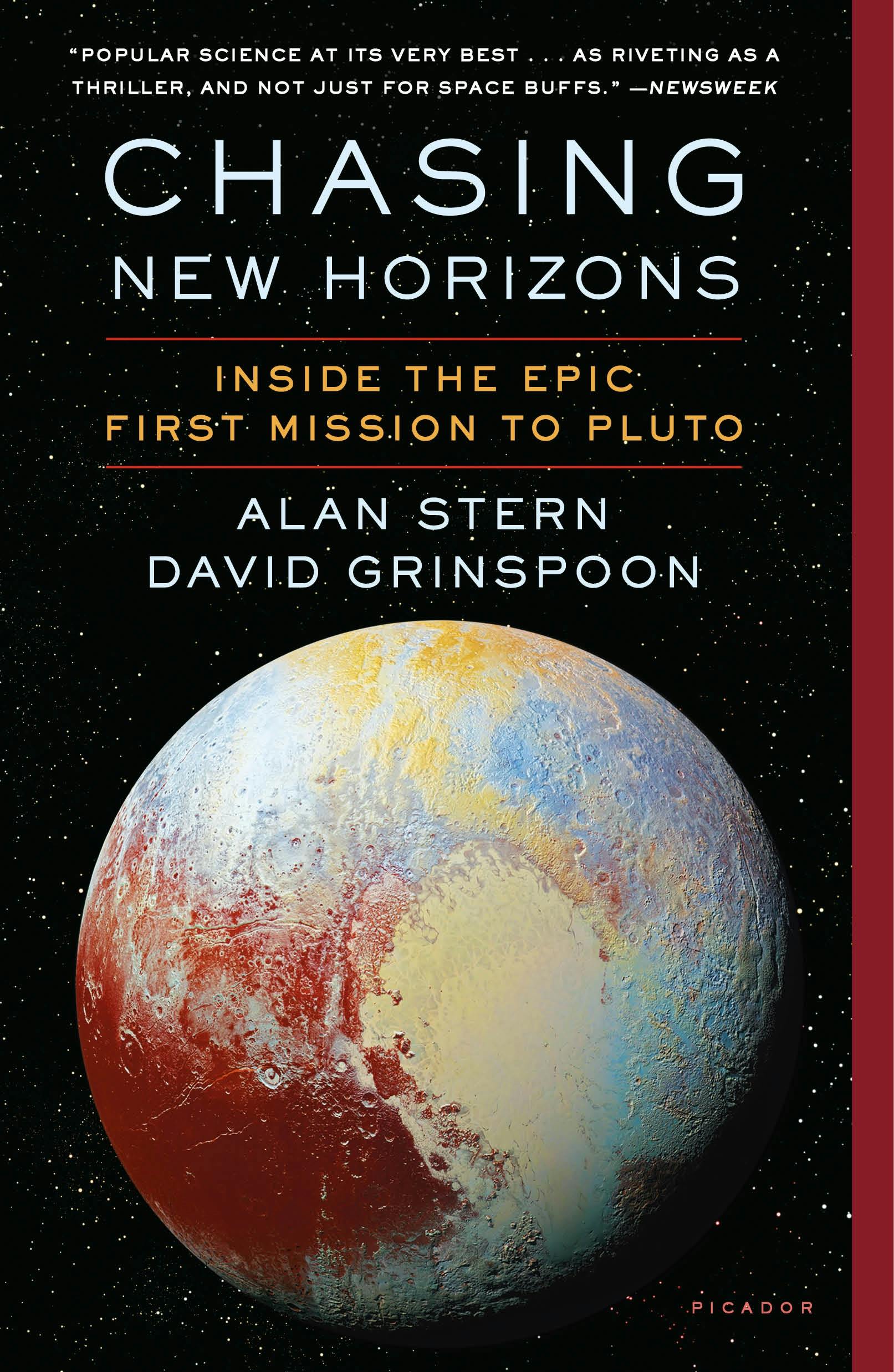In 1905 the Harvard astronomer Percival Lowell inferred the presence of a “Planet X” from irregularities in Neptune’s orbit. His findings set off an obsessive pursuit on both sides of the Atlantic for cosmic bodies beyond Neptune—there were two competing groups just at the Harvard College Observatory, one led by Lowell and the other by William Pickering. Yet it was a young amateur astronomer who made the discovery, at the Lowell Observatory in Flagstaff, Arizona. Clyde Tombaugh, a Kansas farm boy who ground his own lenses and built telescopes, had been hired by the observatory’s director, Vesto Slipher, as an assistant to look for Planet X. It was arduous work that involved taking photographs night after night in the unheated dome of the observatory, at an elevation of seven thousand feet, carefully guiding the telescope to the region of the constellation Gemini, one spot where Lowell had calculated that Planet X likely lurked. Even more tedious was the use of a blink comparator to flip back and forth between images taken on subsequent nights, in order to identify objects that had changed position among the stars and could thus be plausible candidates for the planet.
Tombaugh, a self-described perfectionist, was consumed by this task. On February 18, 1930, as he did every day, he viewed hundreds of thousands of stars in a set of photographic plates that he had taken. After lunch, as Tombaugh used the blink comparator, he found an object that had shifted: “a swollen image of Planet X exactly where it should be.” Tombaugh didn’t immediately tell his supervisors but savored the discovery for himself: “for three quarters of an hour, I was the only person in the world who knew exactly the position of Planet X.”
The discovery was reported with great fanfare around the world. Thousands of suggestions for the name poured in by mail to the observatory. “Pluto” was suggested by an eleven-year-old English schoolgirl named Venetia Burney, daughter of the Reverend Charles Fox Burney, Oriel Professor of the Interpretation of Holy Scripture at Oxford. She picked the name for the Roman god who ruled the underworld and possessed the power to render himself invisible. A crater on Pluto is named in her honor.


